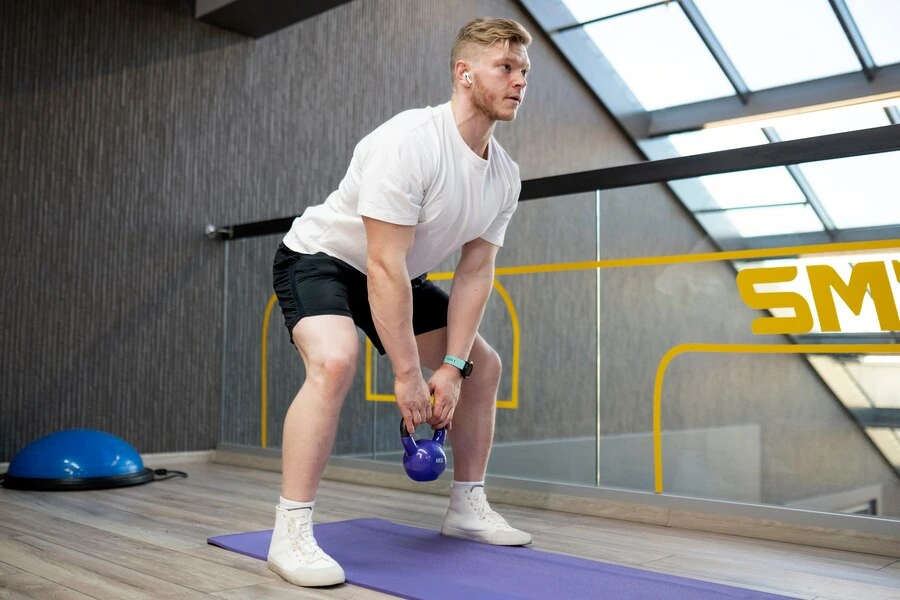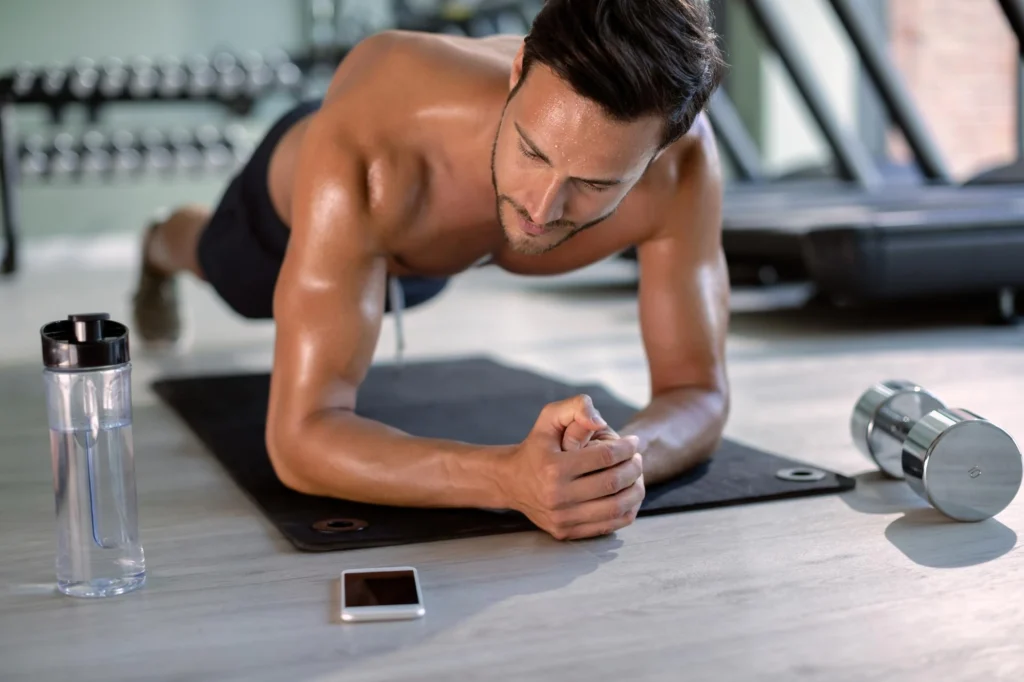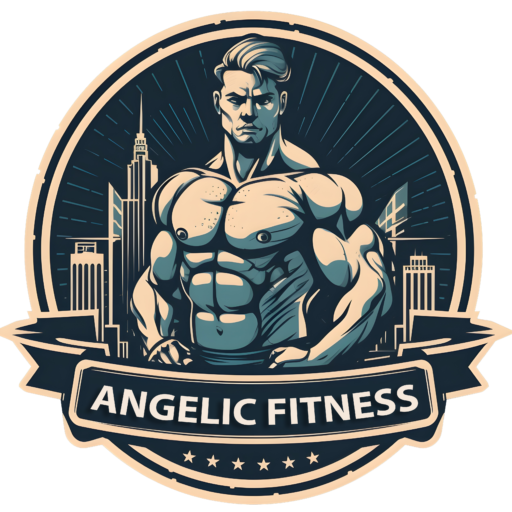Common Adductor Exercises
Adductor Squeezes
One of the simplest yet effective exercises is adductor squeezes. Sitting or lying down, place a soft ball between your knees and gently squeeze, engaging the inner thighs. This targets the adductor muscles and can be easily incorporated into any routine.
Side Lunges
Side lunges involve stepping to the side while keeping one leg straight and bending the other. This movement engages the adductors, promoting flexibility and strength.
Seated Leg Press
For those with access to gym equipment, the seated leg press is an excellent option. Adjust the machine to target the inner thighs, ensuring controlled movements for optimal results.
Benefits of Adding Adductor Exercises

Improved Leg Stability
By strengthening the adductors, you improve the stability of your legs, reducing the risk of injuries and providing a solid foundation for various physical activities.
Athletic Performance
Athletes, in particular, can benefit from adductor exercises as they contribute to better agility, balance, and power, crucial elements in many sports.
Reduced Risk of Injuries
Weak adductors can lead to imbalances and increased vulnerability to injuries. Regularly incorporating adductor exercises can help mitigate these risks and contribute to overall joint health.
How to Perform Adductor Exercises Correctly

Proper Form for Adductor Squeezes
When performing adductor squeezes, focus on maintaining a straight back and controlled breathing. Gradually increase the intensity to avoid strain.
Executing Side Lunges Effectively
Keep your chest up and core engaged while performing side lunges. The emphasis should be on pushing the hips back and maintaining a steady pace to ensure proper engagement of the adductor muscles.
Tips for Seated Leg Press
When using the seated leg press machine, start with a light weight and gradually increase. Pay attention to the alignment of your knees and avoid locking them during the exercise.
Adding Adductor Workouts into Your Routine

Frequency and Repetitions
For optimal results, aim to include adductor exercises in your workout routine at least two to three times a week. Begin with a moderate number of repetitions, gradually increasing as your strength improves.
Balancing with Other Leg Exercises
While focusing on adductor muscles, it’s crucial to maintain a balanced leg workout routine. Include exercises targeting other muscle groups, such as quadriceps and hamstrings, to ensure overall lower body strength.
Listening to Your Body
Individual responses to exercises vary. Listen to your body, and if you experience discomfort or pain, adjust the intensity or consult a fitness professional for guidance.
Addressing Common Myths about Adductor Exercises

Myth: Only Athletes Need Adductor Training
Contrary to popular belief, adductor exercises benefit individuals of all fitness levels. Whether you’re an athlete or someone who enjoys casual workouts, strengthening these muscles contributes to overall well-being.
Myth: Adductor Exercises Are Only for Women
Adductor exercises are not gender-specific. Both men and women can benefit from including these exercises in their routine to improve leg strength and prevent injuries.
Myth: Machines Are Superior to Bodyweight Exercises
While machines provide resistance, bodyweight exercises like adductor squeezes and lunges are equally effective. The key is to focus on proper form and gradually increase intensity.
Real-Life Success Stories

Transformative Experiences
Numerous individuals have experienced positive transformations by incorporating adductor exercises into their routine. From improved mobility to improve athletic performance, the impact goes beyond the physical.
Positive Impact on Everyday Activities
Many have reported increased ease in daily activities such as walking, climbing stairs, and even standing for extended periods, showcasing the practical benefits of adductor training.
Tips for Beginners

Start Slow and Progress Gradually
If you’re new to adductor exercises, begin with low-intensity movements and gradually increase as your strength improves. This gradual approach minimizes the risk of strain or injury.
Professional Guidance
For beginners or those with specific concerns, seeking guidance from a fitness professional ensures that you perform adductor exercises correctly and safely.
Listen to Your Body
Pay attention to how your body responds and react to each exercise. If you experience pain or discomfort beyond the usual muscle fatigue, consult a fitness expert to assess your form and technique.
Challenges and Solutions in Adductor Training

Overcoming Initial Discomfort
It’s common to experience initial discomfort when engaging the adductor muscles, especially if they haven’t been targeted before. Persistence and gradual progression will help overcome this phase.
Adapting Workouts to Individual Needs
Individuals with specific health concerns or limitations can adapt adductor exercises to suit their needs. Consulting with a healthcare professional or fitness expert ensures a personalized approach.
Staying Consistent in the Long Run
Consistency is key to seeing results. Incorporate adductor exercises into your routine consistently, adjusting the intensity as needed, to build lasting strength.
The Role of Nutrition in Supporting Adductor Health

Nutrients Important for Muscle Strength
A balanced diet rich in essential nutrients, including protein, vitamins, and minerals, supports overall muscle health, including the adductors. Ensure you’re fueling your body for optimal results.
Hydration and Its Impact
Proper hydration is often underestimated in its role in muscle function. Staying hydrated supports muscle performance and recovery, contributing to the effectiveness of adductor exercises.
Frequently Asked Questions (FAQs)
What exercise works the adductors?
Adductor squeezes, side lunges, and seated leg presses are effective exercises that target and work the adductor muscles
What happens when adductors are weak?
When adductors are weak, it can lead to imbalances, reduced leg stability, and an increased risk of injuries, particularly affecting movements that involve bringing the legs together.
What are the best abductor exercises?
Effective abductor exercises include lateral leg raises, clamshells, and standing hip abductions, targeting the muscles responsible for moving the legs away from the body’s midline.
What are the adductor muscles used for?
The adductor muscles are used for bringing the legs together, facilitating movements like walking, running, and maintaining stability during various physical activities.
What are the 5 adductors?
The five primary adductor muscles are the adductor longus, adductor brevis, adductor magnus, gracilis, and pectineus.
Conclusion
Adductor exercises into your fitness routine goes beyond aesthetics it’s about building a strong foundation for overall leg health. From improving stability to improving athletic performance, the benefits are uncountable. Whether you’re a seasoned athlete or just starting your fitness journey, don’t underestimate the power of targeted adductor training.






